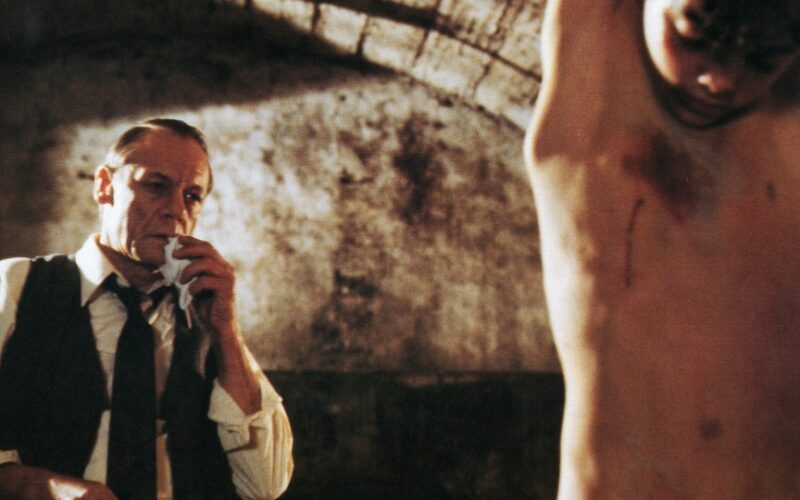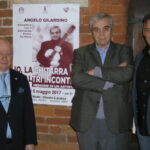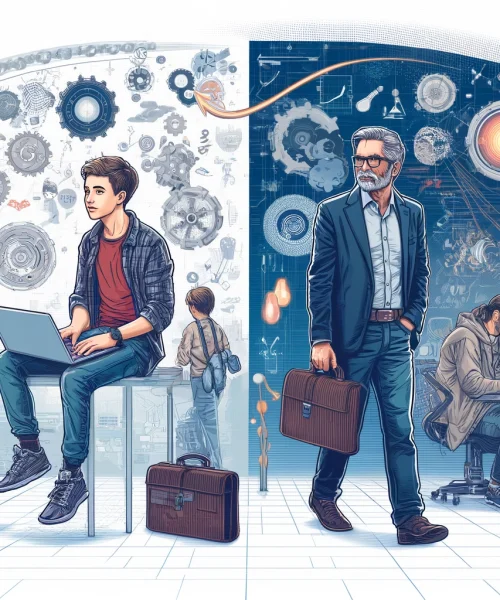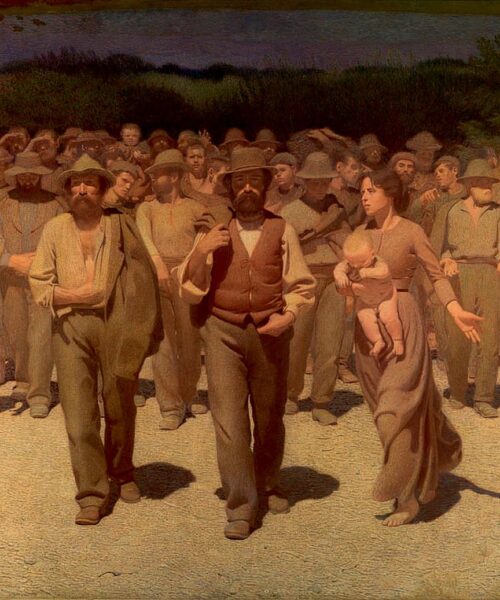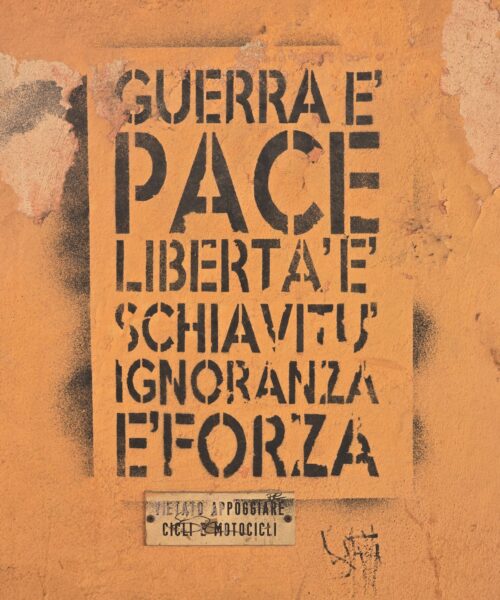“Tras el cristal” (Behind the Glass) is a 1986 Spanish film directed by Agustí Villaronga. The plot is tense, dark, and deeply disturbing.
The film unravels the story of Klaus, a former Nazi doctor, who after sexually abusing, torturing, and killing young boys during World War II, now resides in a countryside house in Spain. Following a suicide attempt, Klaus is severely paralyzed and reliant on a life-support contraption—a kind of iron and glass “enclosure,” an artificial lung—that enables him to breathe.
One day, a young man named Angelo appears at his doorstep, presenting himself as an admirer of Klaus’s earlier “medical achievements.” Angelo quickly becomes his personal nurse and begins to develop a peculiar obsession with Klaus. As the film progresses, Angelo revisits some of Klaus’s old habits, manipulating him to fulfill his own contorted fantasies.
Yet Angelo harbors his own secrets. As he increasingly takes the reins of Klaus’s life, we discover that his fixation is rooted in a dark history. Angelo was, in fact, one of the children that Klaus had once abused, and his presence aims to exact revenge for the horrors he endured as a child.

The plot unfolds in a game of power, manipulation, and revenge, culminating in a disturbing and unexpected finale. The relationship between Klaus and Angelo is fraught with tension and ambiguity, with both characters seeking to dominate the other in various ways. The film delves into deep themes such as guilt, redemption, power, and perversion, making it an intense and provocative viewing experience.
The film serves as a potent exploration of the human psyche and societal aberrations. Wrapped in a fabric of psychological horror and palpable tension, it emerges as a deep and unsettling commentary on the dynamics of power, manipulation, and abuse.
From a sociological perspective, Villaronga presents an extreme metaphor for hierarchical structures and power dynamics within society. The protagonist, a paralyzed Nazi doctor trapped behind a sort of glass “enclosure,” represents a fallen yet still manipulative and controlling power. He can be interpreted as a symbol of the remnants of an oppressive regime that, despite its obvious physical weaknesses, continues to exert a malevolent influence.
The portrayal of children in the film and their manipulation further underscores the vulnerability of the defenseless in the face of oppression. This can be interpreted as a critique of those segments of society that, although in the majority, remain victims of powerful and manipulative minorities.
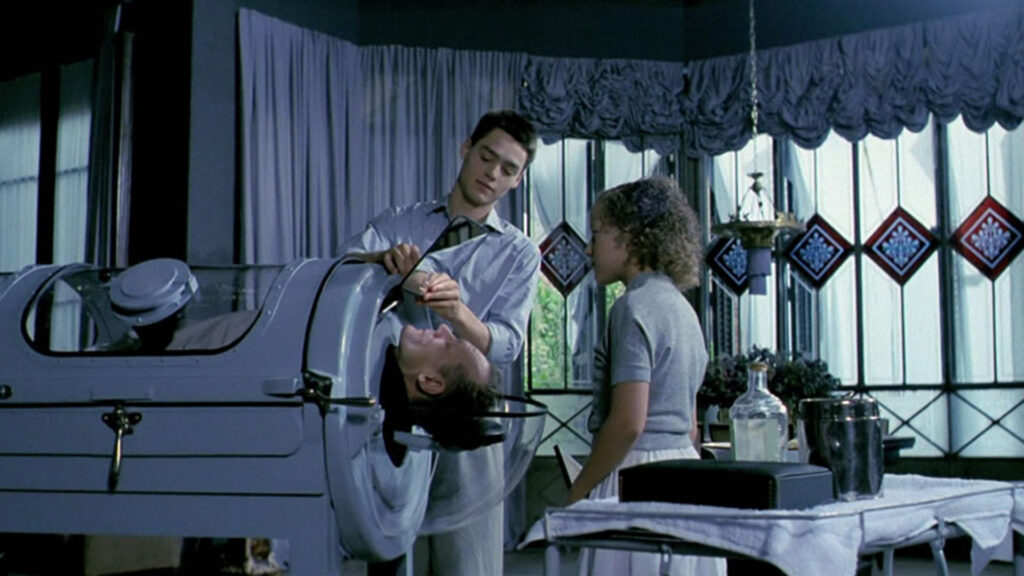
The film is also a reflection on the concept of “normality.” The bizarre relationship that develops between the doctor and the young Angelo raises the question: what does it truly mean to be “normal” in a society twisted by its own perversions and sins? Villaronga challenges the viewer to contemplate the fine line between sanity and madness, normality and perversion.
We can assert that “Tras el cristal” by Villaronga is not just a daring and provocative cinematic work, but also a significant sociological contribution that poses deep questions about power dynamics, the nature of humanity, and the fragile equilibrium between normality and deviance in contemporary society.
“Tras el cristal” stirred much controversy upon its release due to its strong themes and graphic depictions of violence and sexual abuse. The film was considered by many as extremely disturbing and provocative. Because of these reactions, it was banned or heavily censored in various countries. However, despite the controversies, the film has also been praised for its audacity and the depth with which it tackles dark and complex themes. Villaronga’s artistic direction and the performances of the actors have been widely recognized for their quality and intensity.
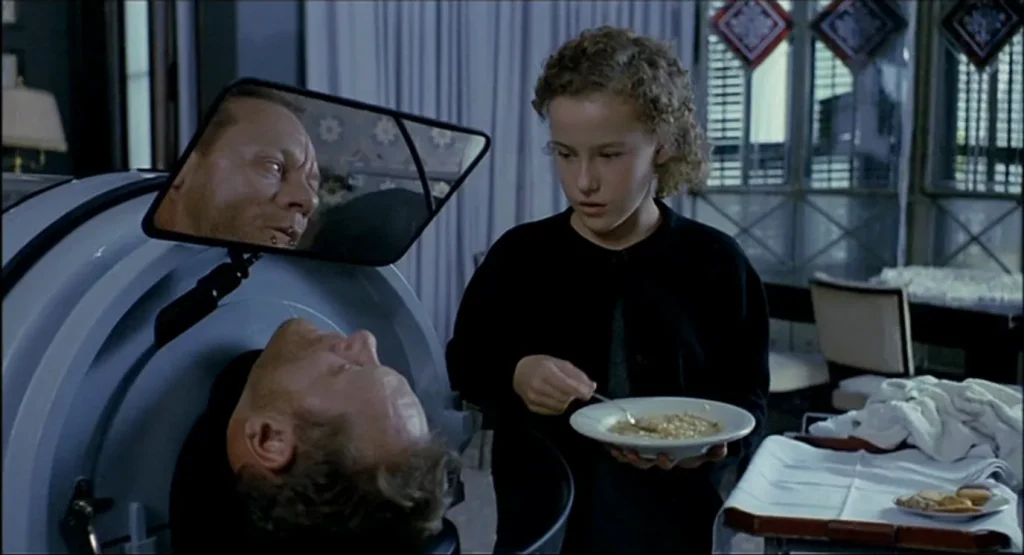
In-depth analysis
"Tras el cristal" di Villaronga: Una riflessione sulla libertà artistica e la responsabilità sociale
“Tras el cristal,” directed by Agustí Villaronga in 1986, is a film that stirred considerable controversy upon its release. The potent exploration of power dynamics, manipulation, and abuse led many countries to ban or heavily censor the film. However, this controversy gives rise to a broader debate: should we allow the screening of provocative and disturbing films in the name of social messaging and freedom of speech?
Arguments in favor:
Artistic and Expressive Freedom: In a democratic society, freedom of expression is a cornerstone. Artists like Villaronga should have the freedom to explore difficult themes without fearing bans.
Mirror of Society: Films like “Tras el cristal” force the viewer to reflect on aspects of society that are often ignored or avoided. Even if uncomfortable, they are necessary to open debates and discussions on taboo subjects.
Realistic Representation: Life is not always a bed of roses. Cinematography should be able to represent all facets of human experience, even the harshest ones.
The Risk of Censorship: Banning a film could open the door to future censorship of other forms of artistic expression. What will be the criteria? Who decides?
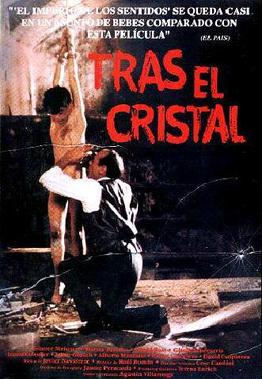
Arguments Against:
Public Protection: Some content may traumatize, especially those who have lived through similar experiences as those portrayed in the film.
Risk of Normalization: There’s the danger that such representations may desensitize the viewer or worse, normalize deviant behaviors.
Ethical Responsibility: Artists, while having freedom of expression, should also consider the effect of their works on society.
Balanced Regulation: Rather than absolute bans, age-based regulations or clear content warnings could protect the most vulnerable without limiting creativity.
The debate between freedom of expression and public protection is complex and continues to evolve. While artistic freedom is essential, it is equally important to consider the social impact of a work. Perhaps the key lies in a balance between regulation and sensitivity.

